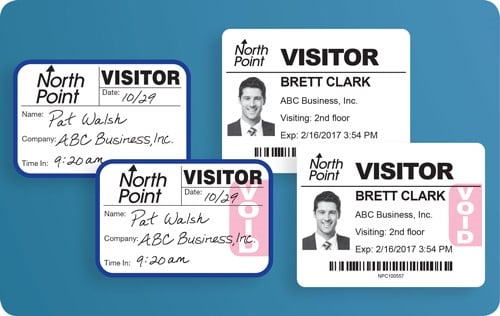Blog
How nonchalant security protocols can cost your facility
by Paul Kazlauskas

How do security managers make decisions? What influences their evaluation process to recommend a certain activity, create a policy, or implement a security product?
The safety of employees is a major care-about. The ability to protect other facility assets (trade secrets, computers, servers, etc.) definitely weighs on their minds. Privacy and confidentiality are hot-button topics that cause security managers to think critically.
However, one of the biggest influences on security decision-making today is the fear of lawsuits and legal liability.
Employers, whether they are private companies, healthcare facilities, schools, or government agencies, have a responsibility to provide a safe and secure workplace for employees and any other people who may be in the facility (patients, students, visitors, volunteers etc). When a facility fails to take reasonable steps to provide adequate security, and someone suffers loss or injury as a result, a lawsuit alleging negligent security may be filed. The legal bills from simply defending against a negligent security lawsuit can be very expensive and the penalties compound exponentially if the facility is found to be guilty.
It is impossible to completely prevent a negligent security lawsuit from being filed against your facility. Your best (and really only) defense is having a well-thought-out security program that can reduce the likelihood of being sued, and failing that, increase your chances of defending yourself successfully.
Here are some common inadequacies in security programs that could be used as the basis for a negligent security lawsuit. Any of these instances listed below on their own may not necessarily constitute negligent security, but they should warrant possible attention toward implementing a better policy or security product:
- Outdated security plans based on building size, number of employees, or volume of daily visitors.
- Security system equipment that is outdated or doesn’t function properly.
- Lack of employee training on security protocols.
- Employees fail to consistently follow security protocol (and that fact is overlooked by upper management).
- Lack of a competent security staff in quantity or quality (ex. in number of employees or poor training).
- Reducing the level of security provided (people or products) because of budget reasons without a corresponding reduction in the level of security risk.
- Overstating the level of security in practice (ex. Claiming 24-hour video surveillance when it is not).
- Not conducting background checks on employees, contractors, or volunteers.
- Failure to take workplace violence seriously.
- Failure to have security measures in place to protect private information like employee records, credit card numbers, or patient health data.
- Insufficient lighting in parking lots and around the facility.
- Overgrown landscaping that could provide a hiding place for someone with bad intentions.
What other security program inadequacies should security managers be on the lookout for in order to protect their facility from lawsuits and legal liability? Please add your thoughts in the “Comments” section below.
Want the latest, best security practices delivered straight to your inbox? Enter your email address in the "Subscribe" area (on the left side navigation).
Our visitor badges “VOID” overnight to prevent reuse. 
See them for yourself — request free samples!
Posted on 9/2/2016



 Paul Kazlauskas
Paul Kazlauskas
 Andrew Jones
Andrew Jones